Alex Garland | 1hr 49min

If award-winning war photographer Lee and her team of journalists are to accurately capture images of Civil War’s dystopian conflict, then it is necessary for them to first detach emotionally from their work. Their job isn’t to intervene, Lee stresses, but merely to chronicle reality so that other people can ask the hard-hitting questions instead.
Frequently when these reporters snap photos on the frontlines, Alex Garland thus cuts away to black-and-white still shots of their subjects, briefly muting the sound design to remove us from the fervour of the moment. At times it is a relief to breathe just for a few seconds, even if we are still being forced to gaze upon brutal executions and massacres. It is exactly in that silence though that a new, unexpected horror comes to light – one which has taken root in supposedly impartial outsiders who try to deny the personal impact of such visceral psychological trauma. Lee’s hardened mental barriers aren’t indestructible, though equally her sensitive protégé Jessie can only take so much of a beating before she sets up similar defences, as Garland sets both on inverse paths towards a self-destructive conflict of human instincts.
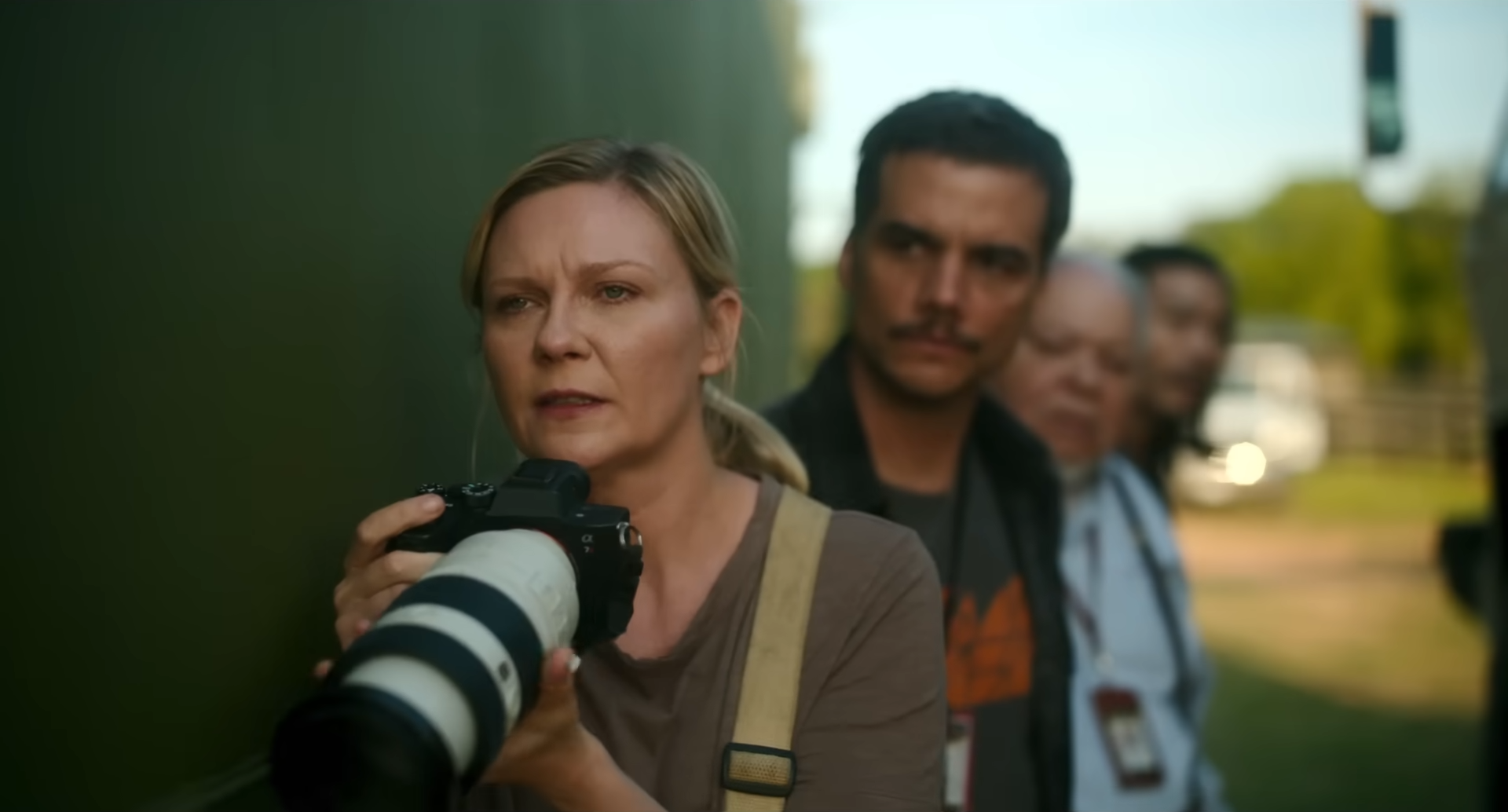
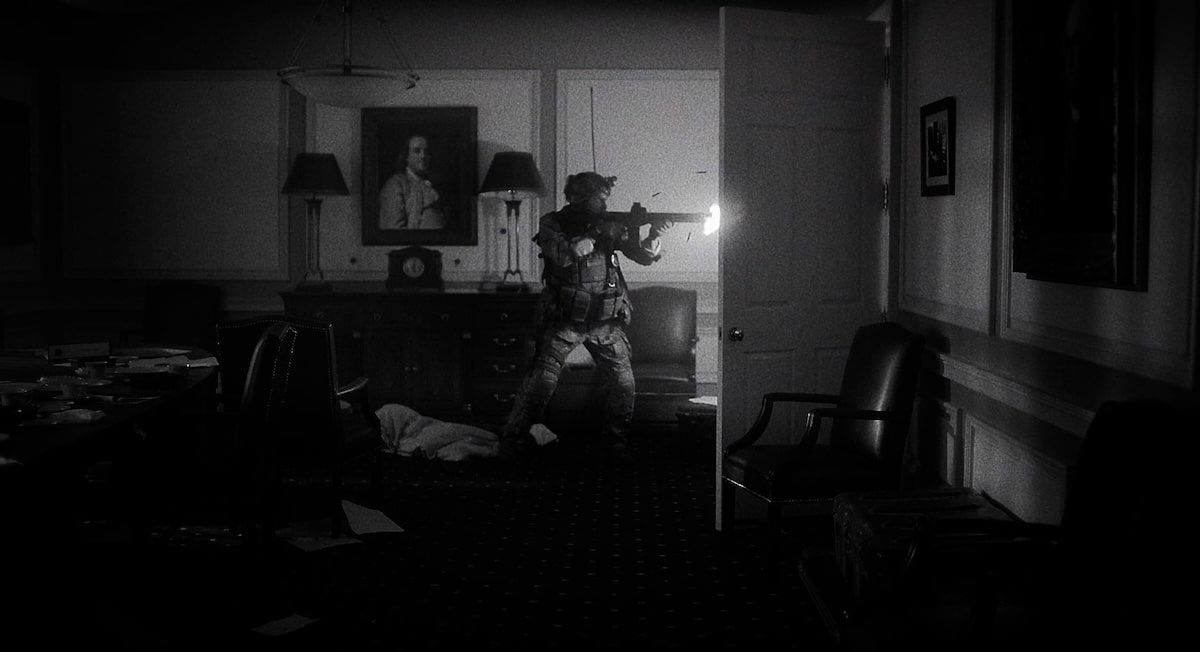
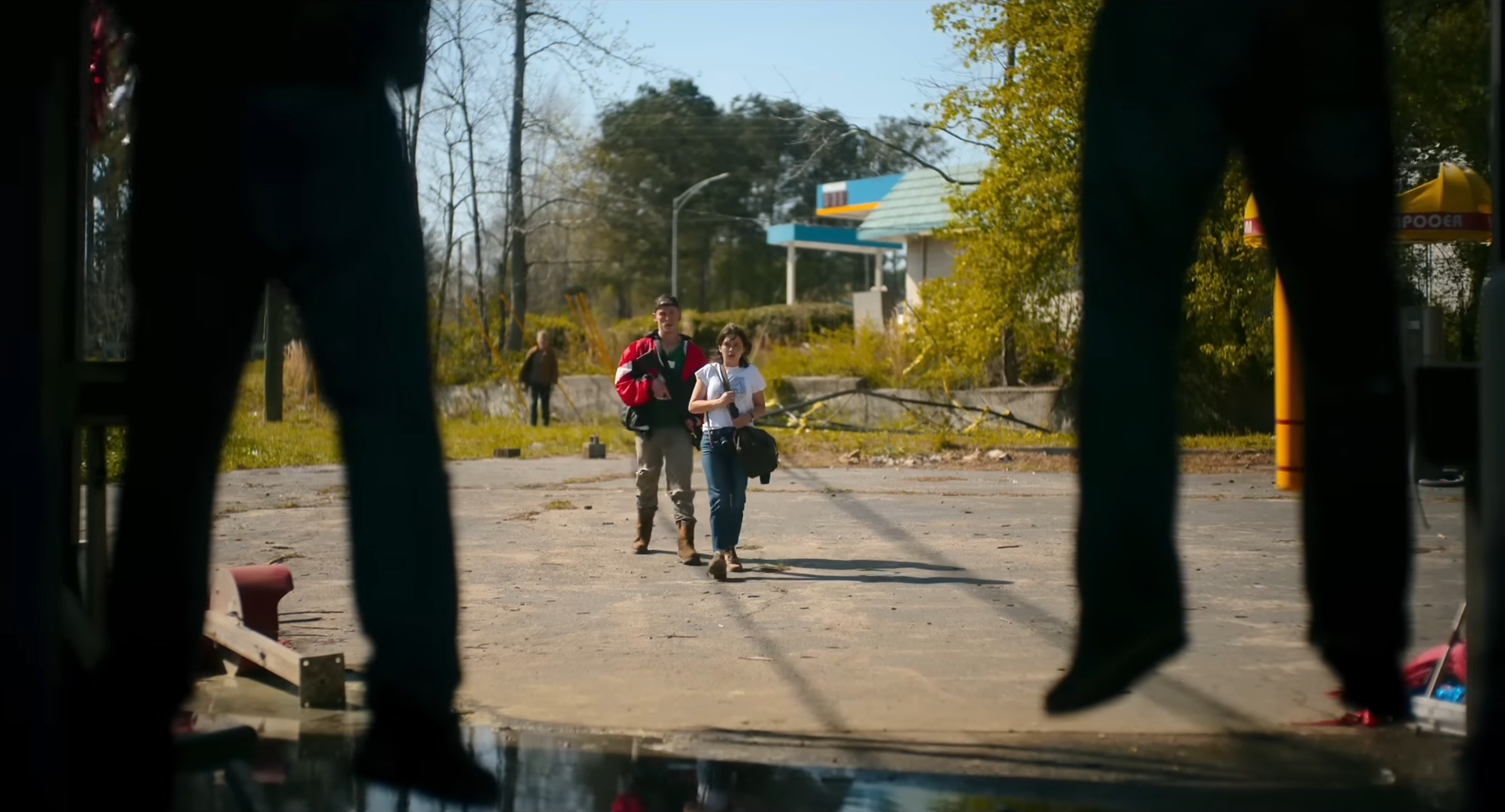
Even more than Annihilation’s surreal venture into the unknown, Civil War marks Garland’s largest, most ambitious project yet, setting out an odyssey across a future America that has been violently split into loyalist and secessionist states. The world building is remarkable here, covering an enormous scope from the ferocious riots in New York City to the military siege of Washington DC itself, and positioning a tyrannical, three-term President at the centre who sanctions the murder of journalists. Seemingly untouched towns trying to live in blissful ignorance and gas station attendants torturing dissidents in their garage continue to develop this divided America at a ground level too, revealing the lives of civilians desperate to maintain some semblance of normality, and those viciously buying into the carnage.
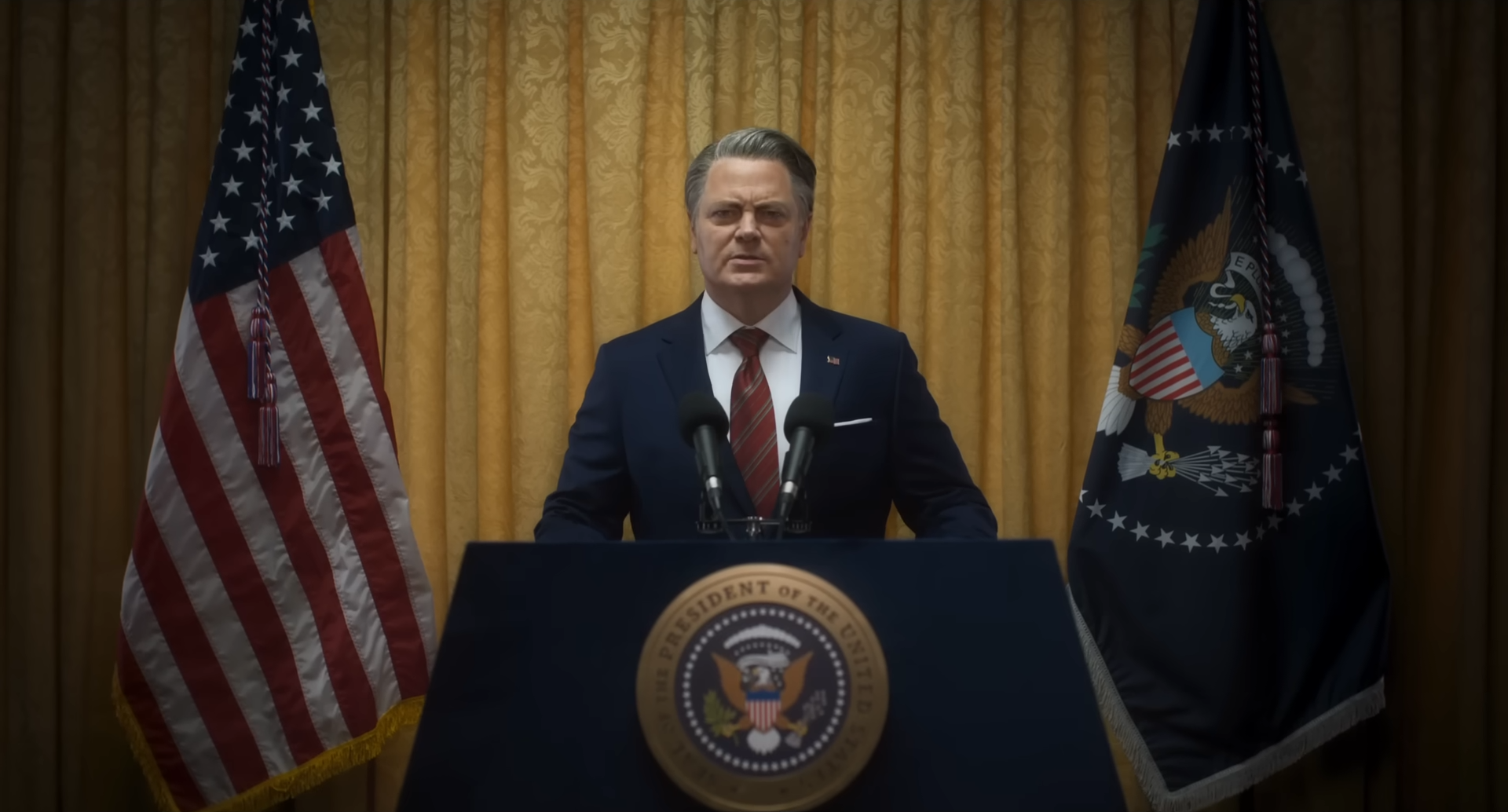
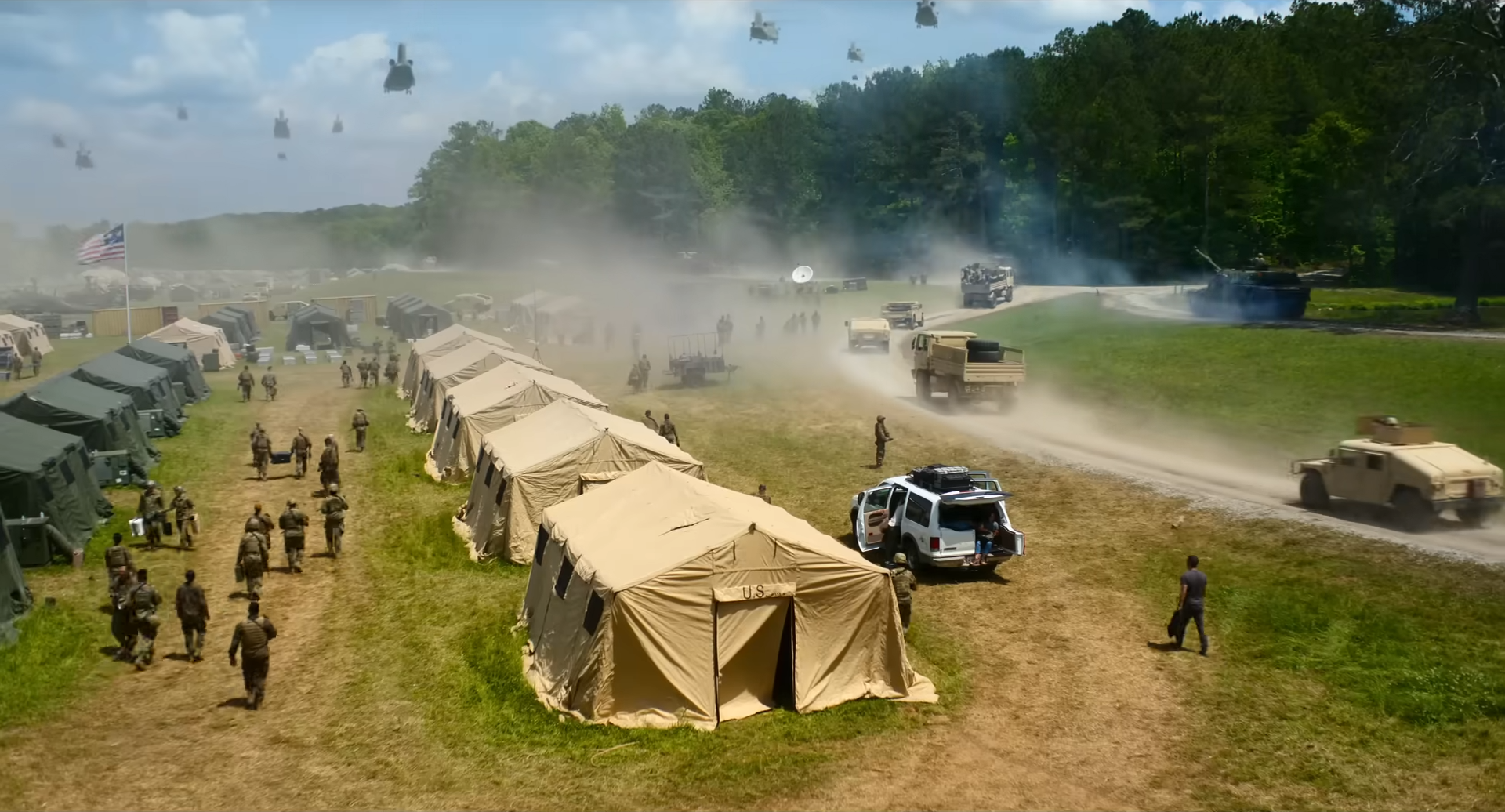
At the same time though, the history and politics of this civilisation is not Garland’s primary focus. Much to the chagrin of audiences hoping for a hard partisan stance, Civil War purposefully neglects the granular details which might have made pigeonholed this film into a shallow take on left-right ideologies, and in doing so saves us from overly didactic monologues stopping the narrative in its tracks.
The unlikely alliance of California and Texas as the Western Forces only further distances Garland’s war from the United States as it exists today, though not so much that we are totally alienated from his characters. This team of photojournalists may have a better contextual understanding than us, but this information is irrelevant in hostile environments where survival is the only meaningful objective – besides their endeavours to record such scenarios in digital snapshots. Even more protective than their Kevlar vests identifying them as press are the cameras which separate them from reality, imbuing Garland’s disorientating cinematography with a cutting self-awareness. The shallow focus close-ups visually isolate his characters when their PTSD kicks in, though even more unusual are the chromatic aberrations and smeared lens effects reminding us of the prism we are viewing this world through, purposefully distorting our perception to save us from the maddening truth.
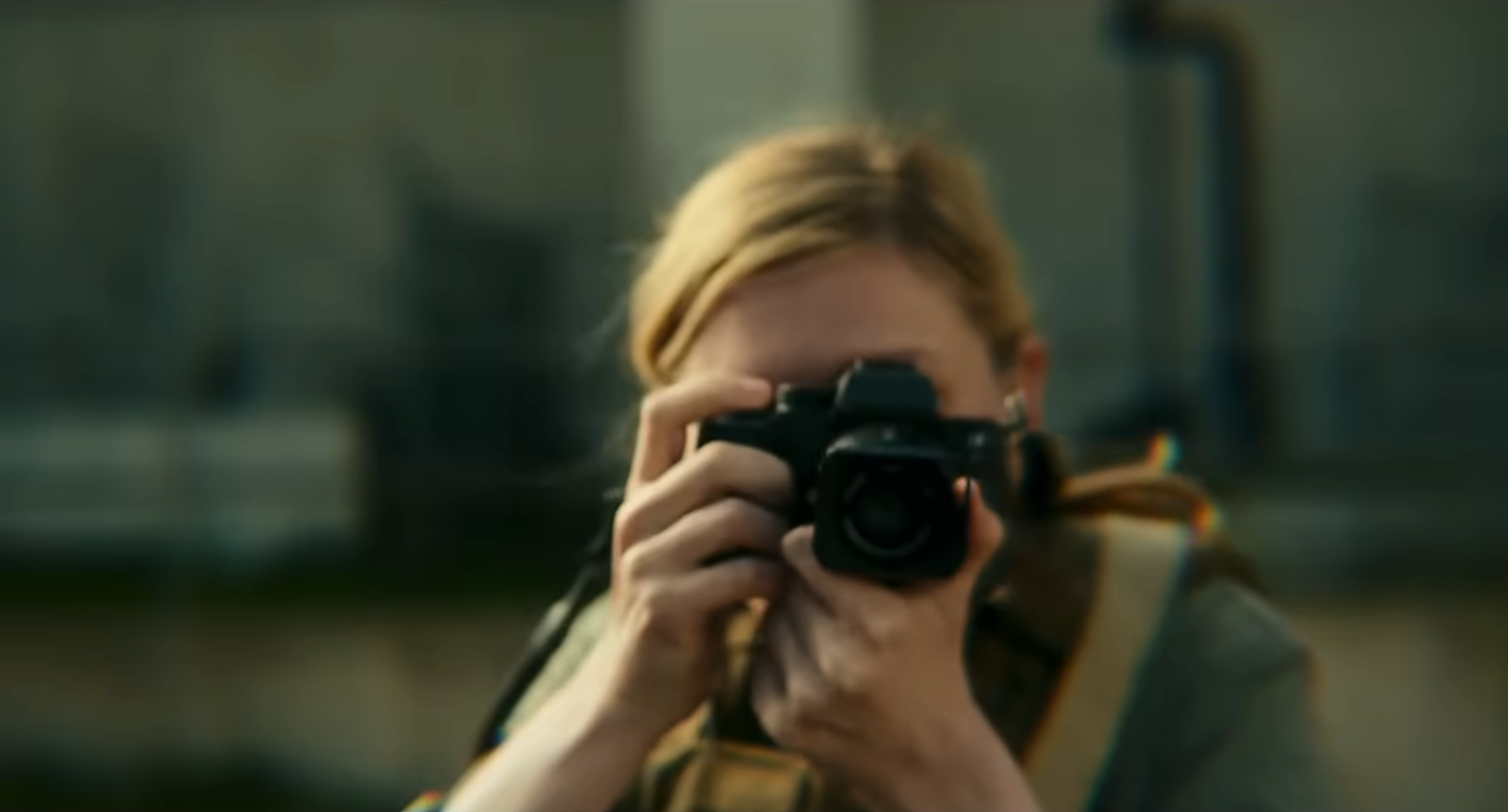
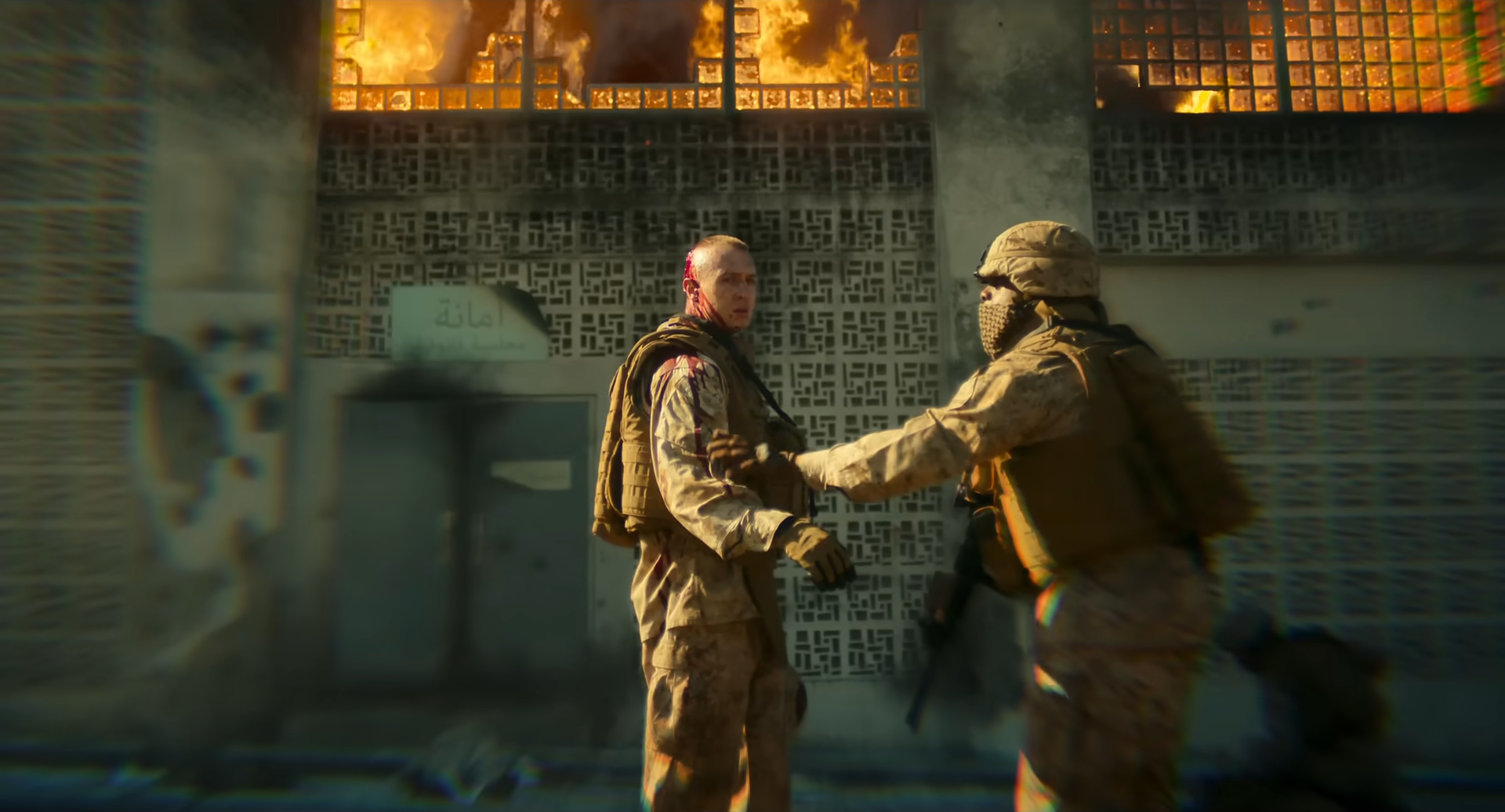
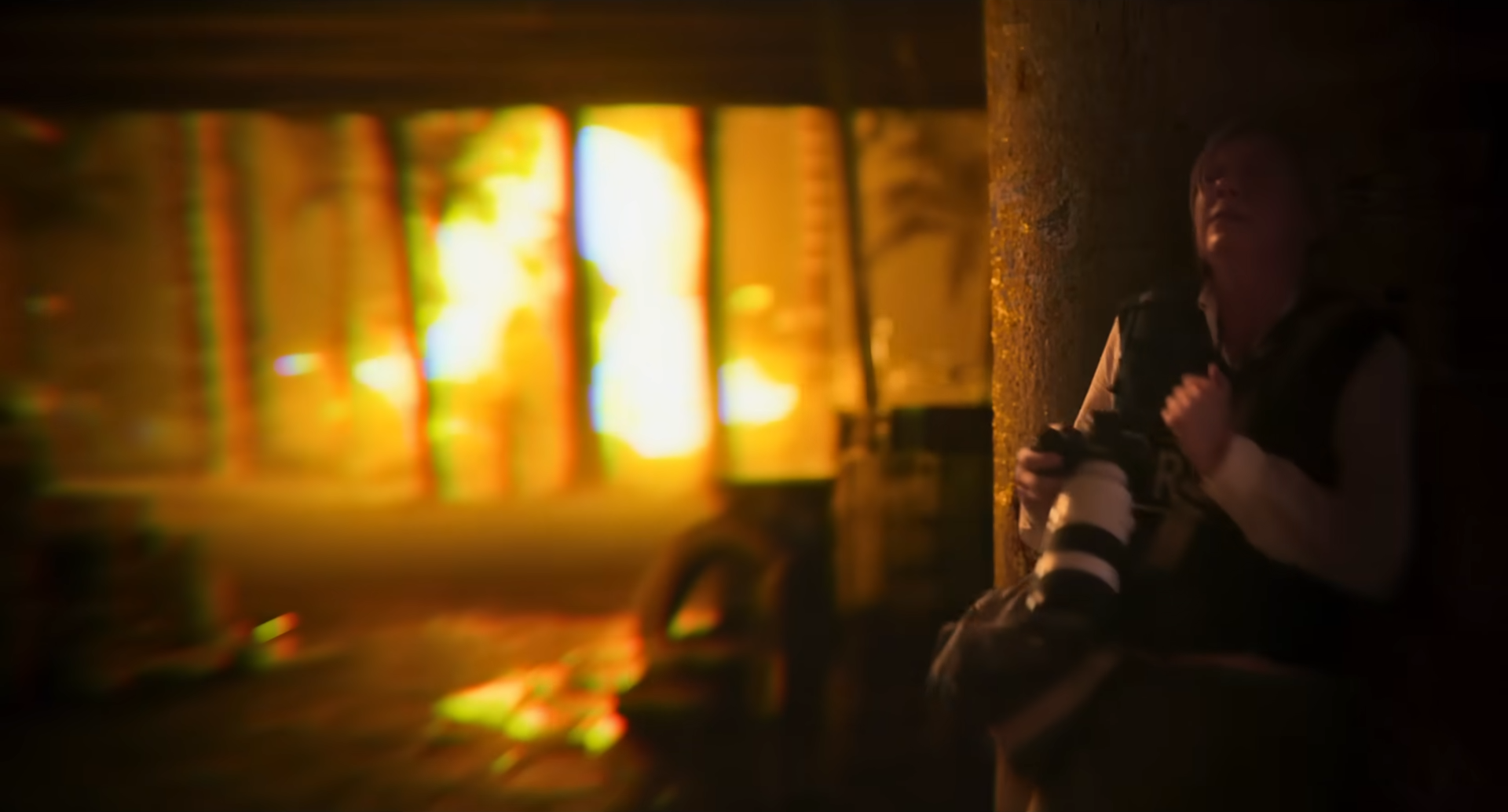
Garland continues to reveal an uncanny beauty in scenes of Lee’s team driving through blazing forest fires while sparks fall around them in slow-motion, but when he does let the horrors of Civil War unfold in a full view, it is easy to see why such filters are so necessary. The bloodshed is often visceral and downright shocking, grotesquely revealed in one particularly disturbing overhead shot of Jessie crawling out from a mass grave of white, bloodied corpses, and marking each episode in this cross-country journey with its own unique threat. Apocalypse Now is evidently a key influence here, as Garland lets its carnivalesque chaos emerge in the depressing sight of a derelict Christmas fair hosting a shootout between enemy snipers to the depressing sound of ‘Jingle Bells.’ Unsure of which side is which, Lee questions the nearest combatants, and the response she receives is eerily evocative of the insanity at Do Lung Bridge.
“No one’s giving us orders man. Someone’s trying to kill us. We’re trying to kill them.”
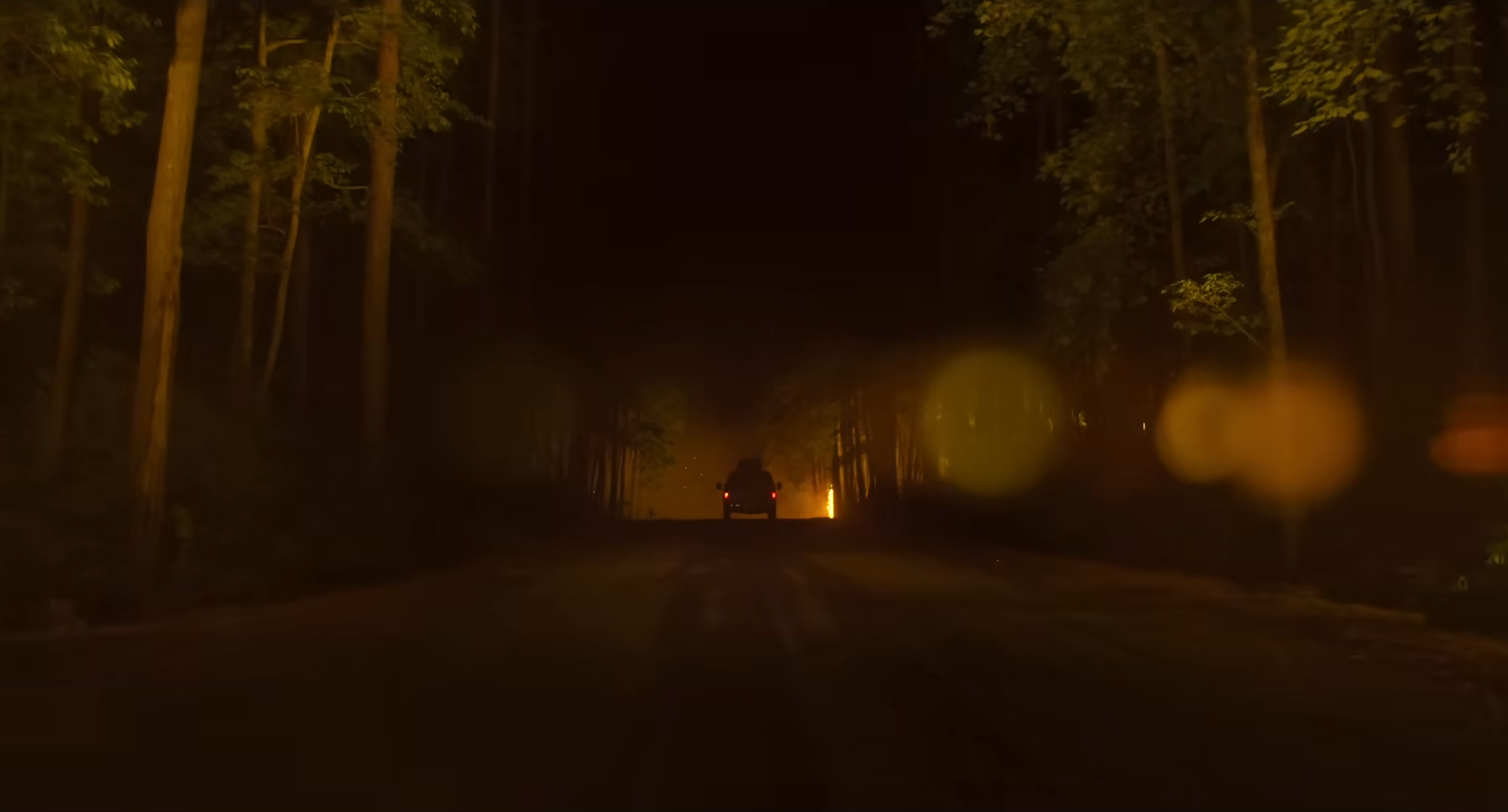
Whatever deeply held convictions instigated this war have officially lost all meaning to those merely fighting to stay alive, and perhaps the same could even be said for those soldiers simply seeking excuses to indulge their most sadistic desires, represented in Jesse Plemons’ unnerving ultranationalist. As strong as Kirsten Dunst and Cailee Spaeny are in the two lead roles, he very nearly steals the entire film as the militant in red-tinted sunglasses who captures their entire crew at gunpoint, suspensefully toying with them in his deadpan voice. If Robert Duvall’s Colonel Kilgore was the standout minor character in Apocalypse Now, then Plemons is the memorable equivalent in Civil War, playing a character who rests his entire life’s purpose upon the barbaric conquest of dehumanised enemies.
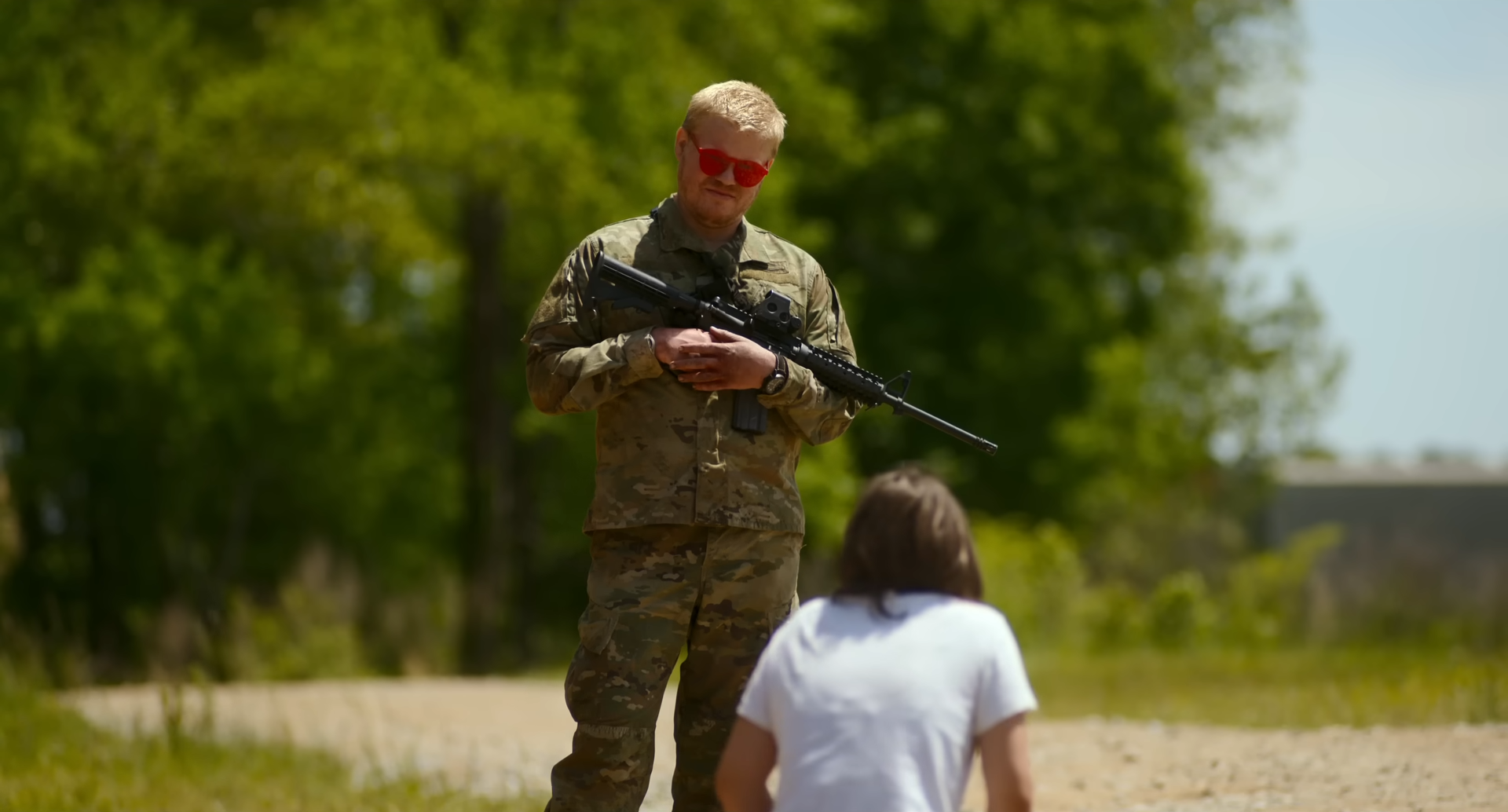
Lee may claim to be desensitised, even suggesting that she would capture the death of her colleagues on camera if she found herself in such a situation, but she at the very least retains a humanity which so many others have clearly lost. By the time she arrives in Washington DC, Dunst has very much earned the major character shift that sees her break under pressure, yet still find the capacity for a rejuvenated selflessness. Not only this, but the cutaways to her team’s photographs throughout Civil War intersect her story arc here with formal aplomb, playing out a crucial turning point in an otherwise bombastic final set piece through a montage of silent, black-and-white stills. Remote objectivity is an impossible standard for any human to uphold in the face of severe trauma, yet after all we have witnessed in Garland’s gruelling wartime odyssey, the prospect of cynically detaching through media’s distancing filter regrettably looks a whole lot more appealing than the alternative.
Civil War is currently playing in cinemas.
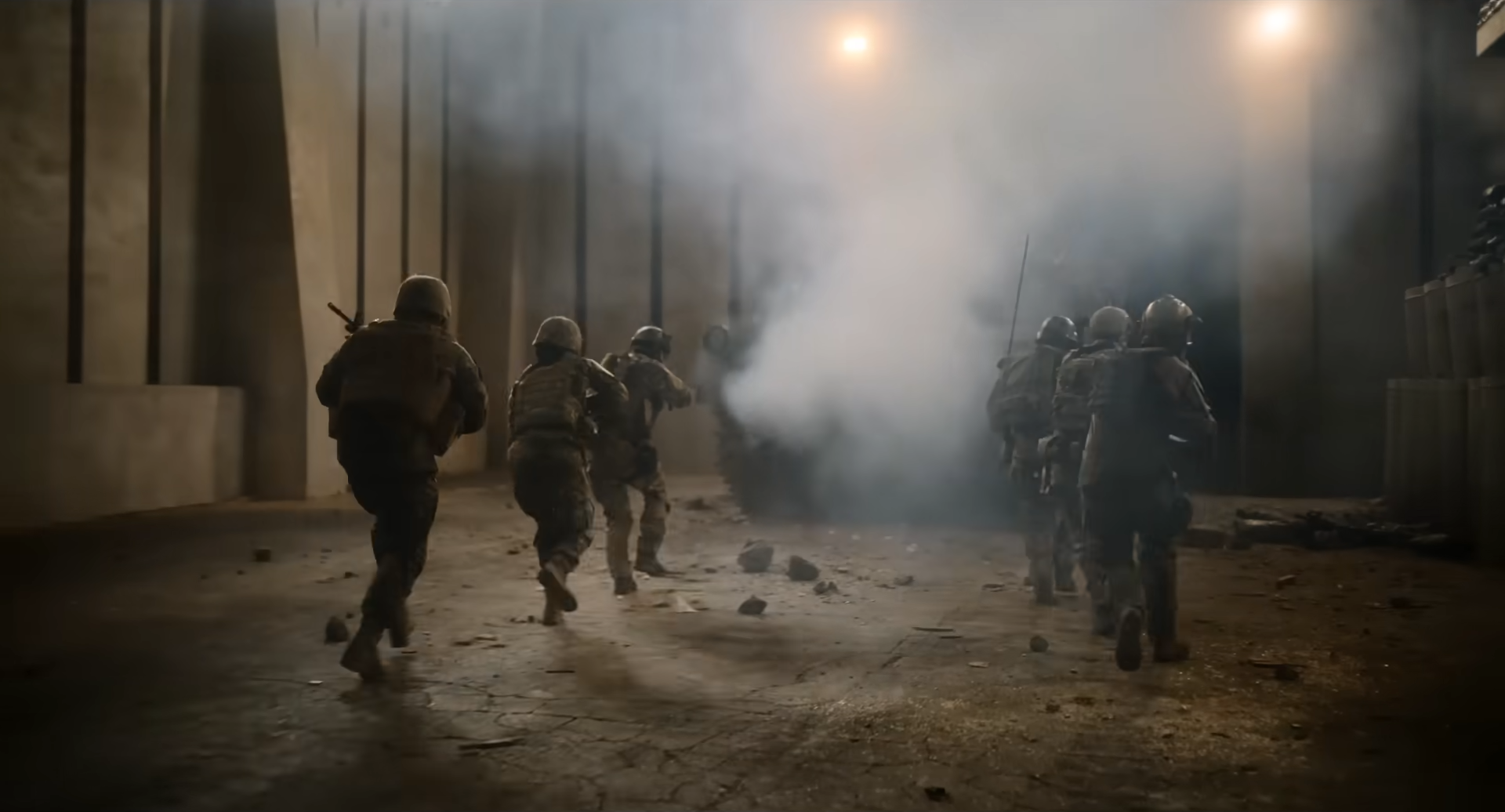
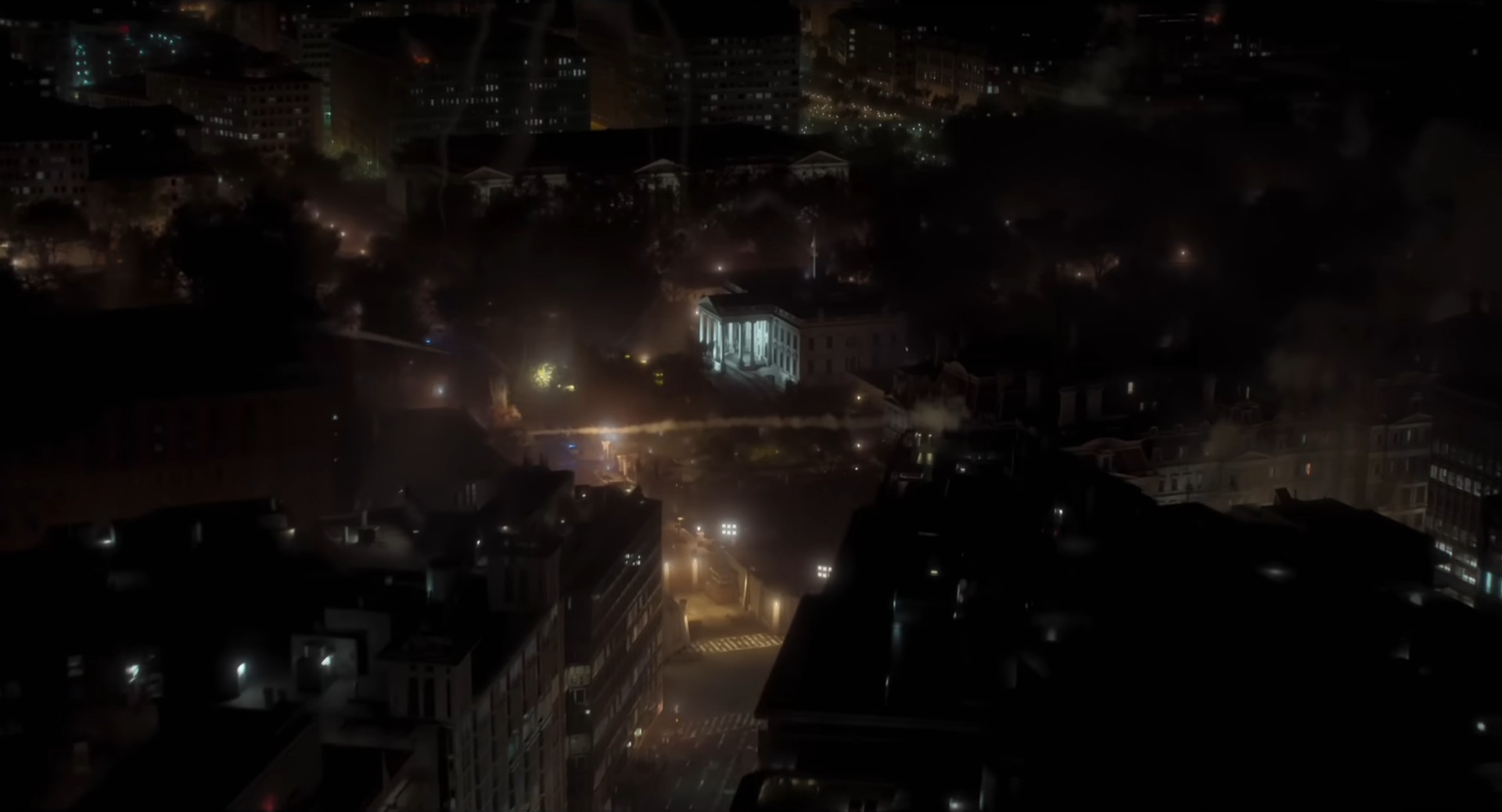

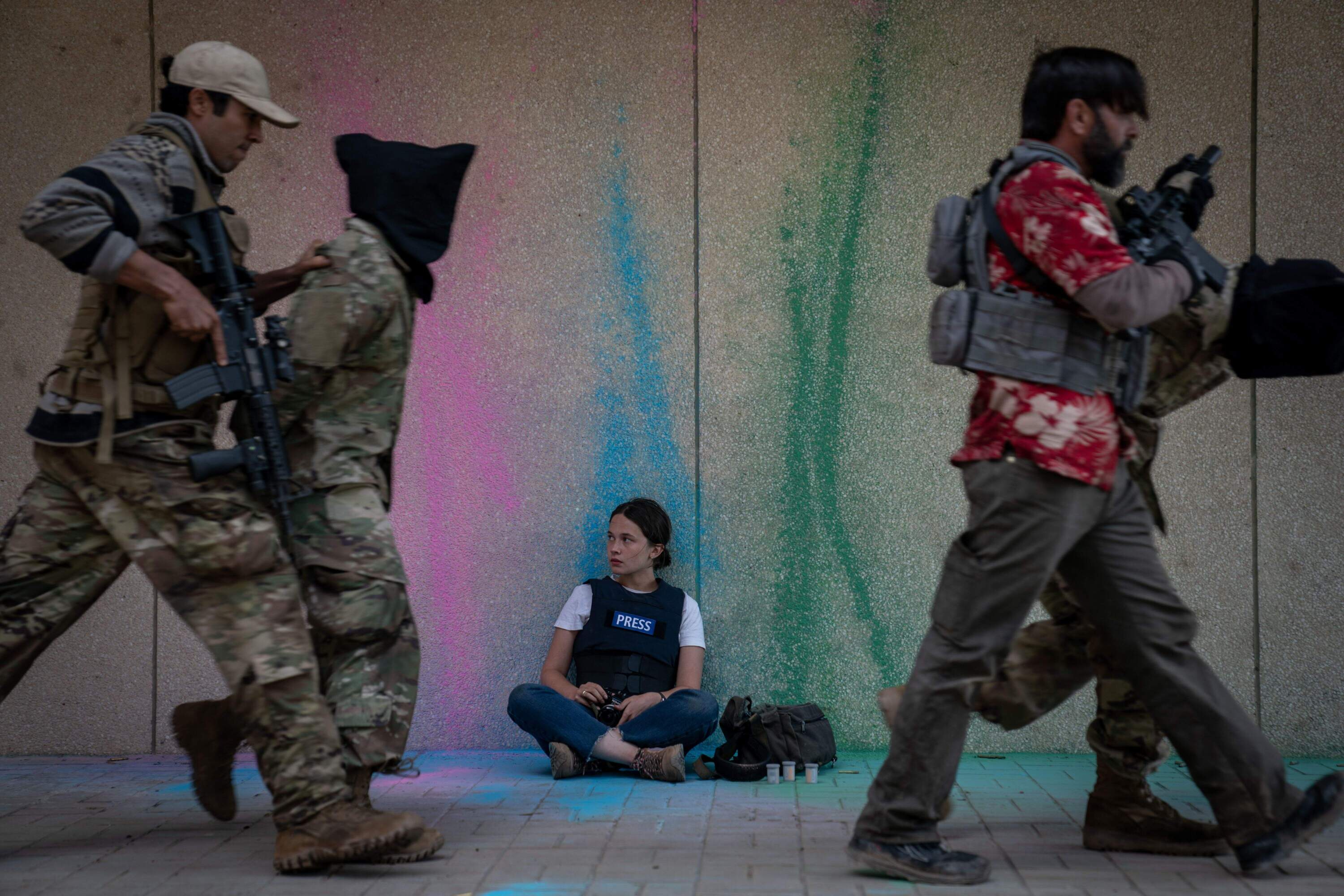
Have you seen Drive-Away Dolls from Ethan Coen?
Not yet, but I will catch it at some point. Doesn’t look like great reviews. Have you caught it yet?
Not yet. But it’s still directed by a Coen.
What if I say Civil War is a better work than Ripley? I personally have Civil War and Dune: Part Two as my top two of the year.
I could always do with a rewatch, but at first glance the visuals weren’t really close to the same level. What did you see in it to put it up there?
More of the visceral impact on the viewer(with great Sound) and the narrative punch & arc of the leads. It has a lot of great individual powerful scenes as well. And also World Building is very much worthy of praise.
Pingback: 2025 Oscar Predictions and Snubs – Scene by Green
Pingback: 2024 in Cinema – Scene by Green
Pingback: The 25 Best Male Actors of the Last Decade – Scene by Green
Pingback: The 10 Best Screenwriters of the Last Decade – Scene by Green
Pingback: The 25 Best Directors of the Last Decade – Scene by Green